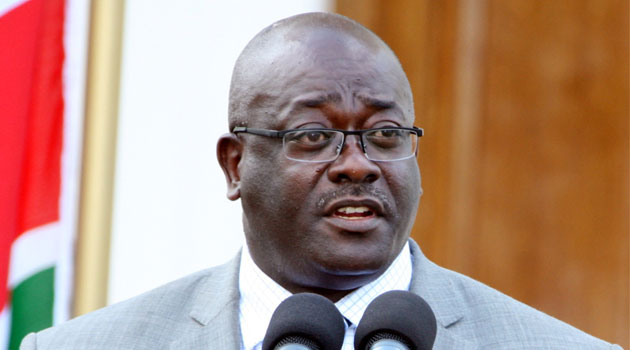The stakes are high for phone manufacturers and operators, not to mention banks, as the success of contactless systems where consumers sweep their smartphone over a reader could shake up the lucrative retail payments market.
But the chief executive of Ingenico, a leading manufacturer of payment card terminals as well as new contactless systems, doesn’t see people as ready to give up their debit cards just yet.
“Smartphones will be a small part of the market but the main payment mechanism will remain the traditional (card) terminal which will continue to see growth,” said Philippe Lazare, whose company manufactures more than one in three payment terminals in use worldwide.
That view didn’t stop Ingenico from announcing this past week at the Mobile World Congress trade show in Barcelona a contactless payments system compatible with Apple Pay.
– Apple of retailer’s eye? –
Apple’s adoption last year of NFC, or the near field communication standard, was a major step towards this becoming the dominant technology.
Google has had a similar service, Google Wallet, available for a couple years.
NFC allows smartphones or other devices to communicate with one another within a distance of several centimetres (inches).
This means consumers can quickly sweep their phones over readers rather than having to pull out a card, insert it into a terminal and wait to punch in a code.
“It was a decisive step towards the creation of an ecosystem but that may not be sufficient as several solutions are available,” said Anne Bouverot, head of the GSMA trade association for mobile operators that organises the Barcelona event.
She said that it is also important to get people accustomed to using their phones for making payments by using them elsewhere, such as with public transportation systems that have adopted contactless technology like in London or Paris.
In launching Apple Pay, the US tech giant was again demonstrating its longstanding role as a trendsetter, rather than responding to consumer demand. It has yet to be rolled out anywhere except in the United States.
But Apple’s initiative has pushed its competitors to also move forward.
All high-end smartphones are now coming equipped with NFC. Some are coming with added security features, like the new Samsung Galaxy S6 unveiled at Barcelona that has a fingerprint scanner.
Google last month bought Softcard, a rival to its Google Wallet co-founded by US mobile operators AT&T, T-Mobile USA and Verizon in 2011.
And Samsung recently acquired LoopPay, whose technology links up with the magnetic strip readers in existing payment terminals instead of NFC.
This system transmits card details via secure magnetic signals to the reader when held up against it.
It has the advantage over the Apple and Google systems of being immediately compatible with more than 30 million payment terminals in use in the United States.
– Cash still king –
US banks are watching nervously as the emergence of contactless payment systems comes just as they are investing to upgrade payment cards and terminals from magnetic strips to chip cards.
US banks lost out in the Internet payments market to Paypal, which announced during the Mobile World Congress that it was getting into the contactless payments game with the purchase of Paydiant.
This US company works with merchants to develop loyalty and incentive programmes as part of mobile payment systems to help them boost sales.
Many experts see retailers offering discounts and promotions tailored to each client as an important element in encouraging consumers to make the switch to contactless payments with their smartphones.
Not everyone is expecting a boom in the use of smartphones for making payments.
“For several years now an explosion of that of kind of payment has been expected but one should not forget that 85 percent of all the transactions in the world are still made via cash,” said MasterCard’s chief executive Ajay Banga.
He expects adoption of contactless payment systems to instead grow steadily over several years.











































